A plant-based diet from 7,000 years ago: What did the first farmers living around Wieliczka eat?
Our scientists conduct research on plant remains found at archaeological sites from different periods, allowing them to reconstruct the relationship between man and the environment and to better understand the history of cultivated and wild useful plants. Recently, they published an article in Scientific Reports summarising the results of archaeobotanical studies at an Early Neolithic site in the Wieliczka Foothills (Site No. 18 in Biskupice, Wieliczka District). The excavations revealed the remains of several houses belonging to the culture of the first farmers to settle in present-day Poland, representing the Linear Pottery culture. The samples collected yielded over 11,000 plant remains dating back to around 7,000 years ago (from 5100–5000 BC).
The analysis of carpological materials from Biskupice, including seeds and fruits, allowed the authors to establish that the agricultural system of the inhabitants of the Neolithic settlement was mainly based on the cultivation of cereals. The most commonly cultivated were emmer wheat Triticum diccocon and einkorn wheat Triticum monococcum, and to a lesser extent barley Hordeum vulgare. The early Neolithic chronology of the above species was confirmed by radiocarbon dating. The cultivation of flax Linum usitatissimum and legumes such as peas (Pisum sp.) or vetch (Vicia sp.) was also documented; however, the cultivation of bread wheat (Triticum aestivum) was not confirmed. Among the wild plants, the presence of seeds of the cockspur grass (Echinochloa crus-galli) deserves special attention, dating to the period when the settlement was in operation. The discovery changed the previous understanding of the history of this plant in Poland – it was believed that it appeared only in later eras, similarly to millet. Other plants that occurred in large numbers were Fallopia convolvulus and Chenopodium t. album – common weeds of cereal crops. Due to their rich fruit and seeds, they may have played a certain role in the diet of the inhabitants. Of the wild plants collected from forest areas wild strawberry (Fragaria sp.) and hazelnut (Corylus avellana) were important for the diet. Analysis of the distribution of plant remains within households and their associated pits suggests a variety of farm activities, such as food processing and storage, which reflects the complex structure of the settlement's agricultural system.
See the original article:
Kapcia M., Korczyńska-Cappenberg M., Lityńska-Zając M., Wacnik A., Głód A., Moskal-del Hoyo M. 2024. Plant cultivation and diversity at the Early Neolithic settlement in Biskupice in Poland. Scientific Reports 14: 20393. DOI
We also encourage you to read another article that presents the archaeological context and functions of the objects where the discoveries were made:
Moskal-del Hoyo M., Korczyńska-Cappenberg M., Kenig R., Rauba-Bukowska A., Roffet-Salque M., Maule C.A., Werra D.H., Hughes R.E., Kapcia M., Wilczyński J., Czekaj-Zastawny A., Głód A., Nowak M. 2024. An Early Neolithic house in the Foothills: A case study of pottery and lithic artefacts from the Biskupice site 18 (Wieliczka Foothills, southern Poland). Journal of Archaeological Science: Reports 53: 104346. DOI
The articles are the result of the project entitled "Searching for a suitable place to settle down: the plant economy and human-environment interactions at the beginning of the Neolithic period in Małopolska", financed by the National Science Centre and led by Dr. Magdalena Moskal-del Hoyo.
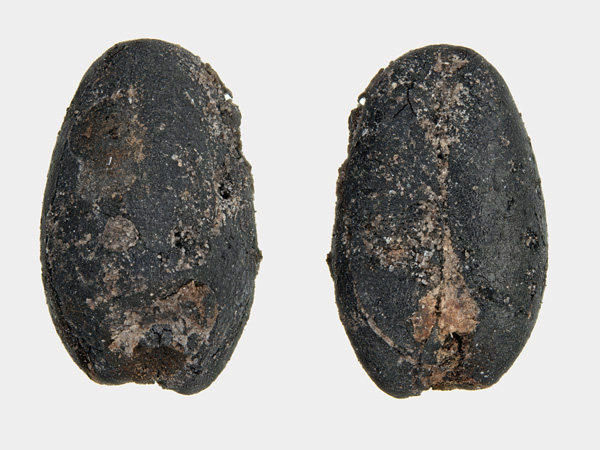
Carpological material: emmer wheat (Triticum dicoccon) – caryopsis (length about 4 mm); dorsal side (left) and ventral side (right).
Photo: Krzysztof Stachowicz
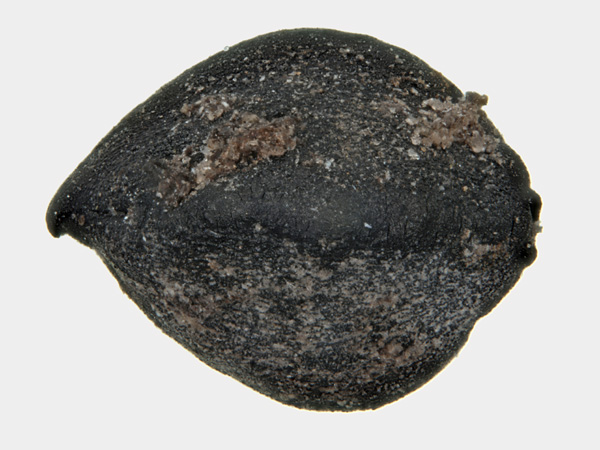
Carpological material: Fallopia convolvulus – a seed is about 2 mm long.
Photo: Krzysztof Stachowicz

Carpological material: Chenopodium t. album – seeds are about 1 mm in size.
Photo: Krzysztof Stachowicz
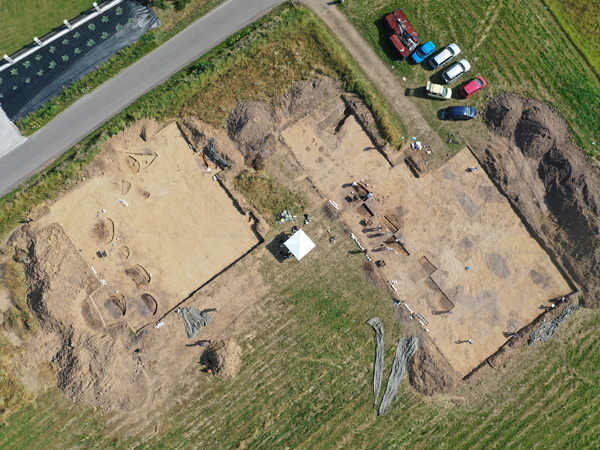
Excavations from a bird's eye view.
Photo: Marta Korczyńska-Cappenberg
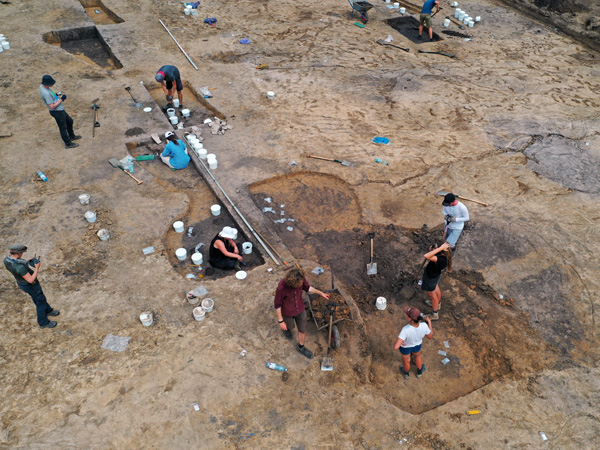
Exploring objects.
Photo: Marta Korczyńska-Cappenberg
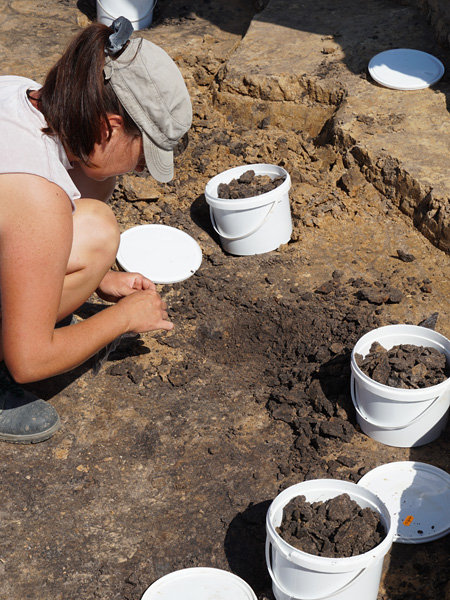
Collection of archaeobotanical samples.
Photo: Marta Korczyńska-Cappenberg